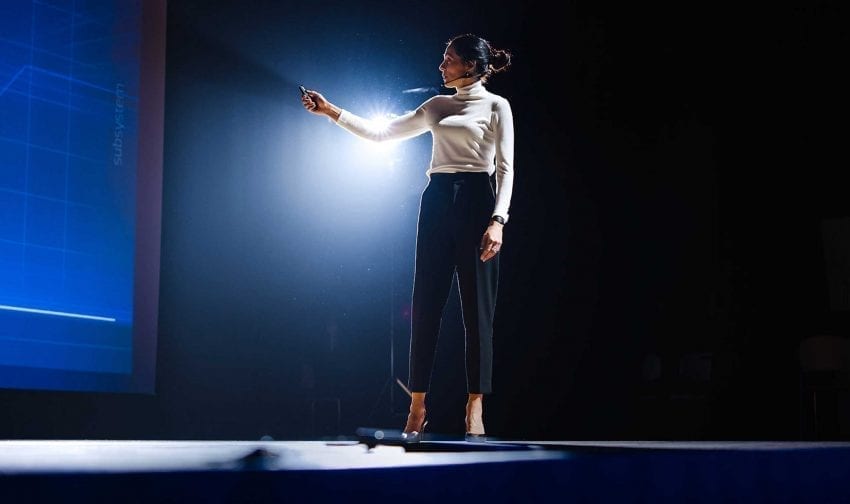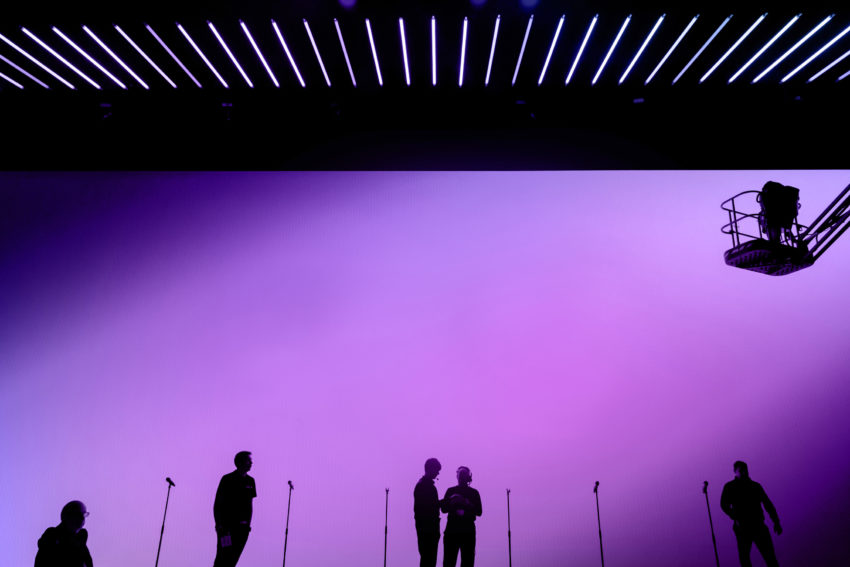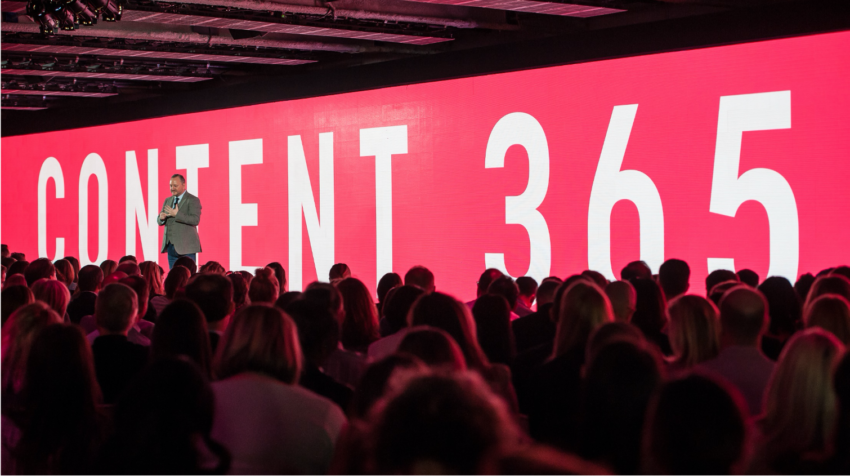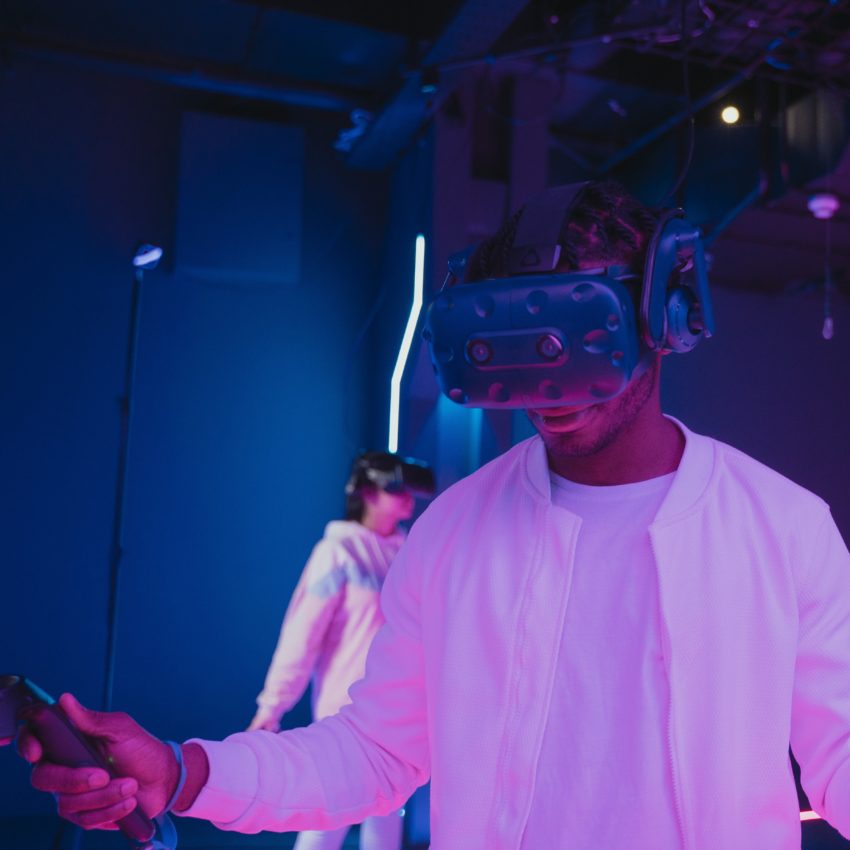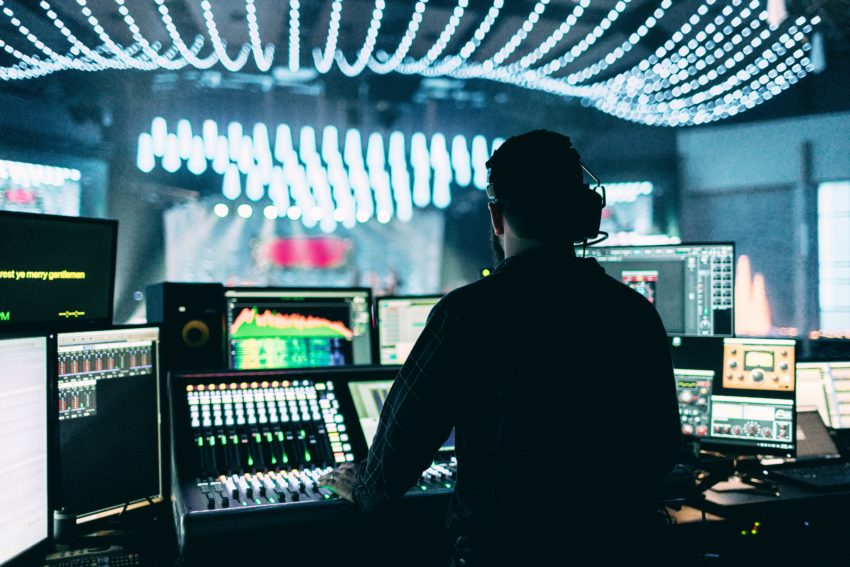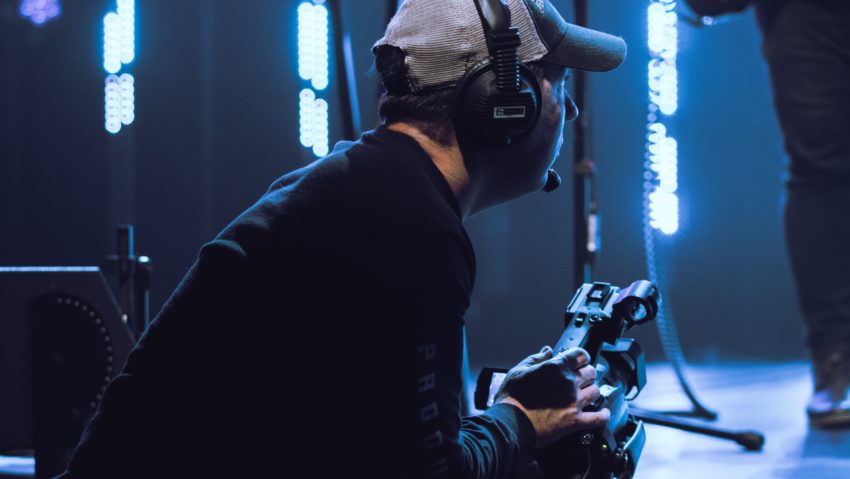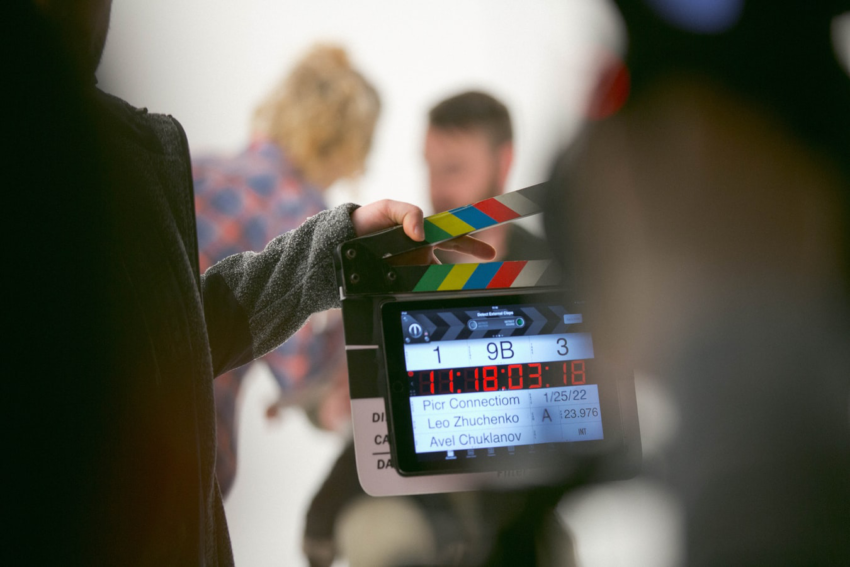THE STATE OF BRAND EXPERIENCES
A range of complex and interconnected factors are driving a radical reimagining of the way brand experiences work. The rise of digital, which has long been a consideration for the industry, has been rapidly accelerated. Now, for example, all prospective attendees are familiar with – and may even be fatigued with – virtual events. Meanwhile, businesses need to develop a brand experience strategy that caters to a broader set of preferences and formats than ever before, in addition to considering factors that matter to prospective attendees.
